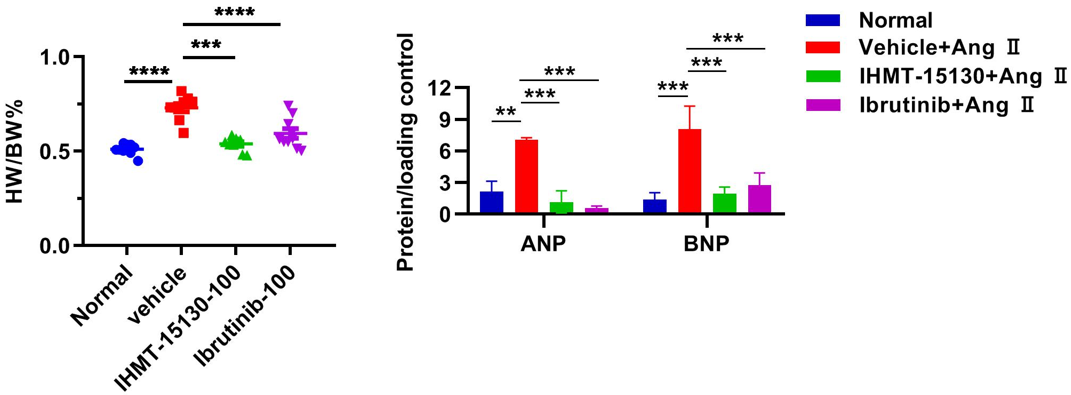2025-06-10 バース大学
<関連情報>
- https://www.bath.ac.uk/announcements/surprising-antibiotic-discovery-could-pave-way-for-new-family-of-high-blood-pressure-treatments/
- https://pubs.acs.org/doi/10.1021/acsbiomedchemau.5c00089
シプロフロキサシンはアンジオテンシンI変換酵素(ACE)の活性を触媒ポケットの遠位で阻害する Ciprofloxacin Inhibits Angiotensin I-Converting Enzyme (ACE) Activity by Binding at the Exosite, Distal to the Catalytic Pocket
Kyle S. Gregory,Vinasha Ramasamy,Edward D. Sturrock,and K. Ravi Acharya
ACS Bio & Med Chem Au Published: June 9, 2025
DOI:https://doi.org/10.1021/acsbiomedchemau.5c00089
Abstract

Human somatic angiotensin I-converting enzyme is a key zinc metallopeptidase in cardiovascular regulation that hydrolyzes angiotensin peptides (Ang I, Ang II), as well as other vasoactive peptides, including kinins (e.g., bradykinin), substance P, the acetylated tetrapeptide Ac-Ser-Asp-Lys-Pro, and the amyloid ß-peptide. Because of its enzymatic promiscuity, ACE and its substrates and products affect many physiological processes, including blood pressure control, hemopoiesis, reproduction, renal development/function, fibrosis, and immune response. ACE inhibitors are among the most important therapeutic agents available today for the treatment of hypertension, heart failure, coronary artery disease, renal insufficiency, and general atherosclerosis. However, they need much improvement because of the side effects seen in patients with long-term treatment due to nonselective inhibition of the N- and C-domains of ACE (referred to as nACE and cACE, respectively). Here, we report that ACE activity can be inhibited by ciprofloxacin, a potent fluoroquinolone antibiotic (IC50 202.7/Ki 33.8 μM for cACE). In addition, the high-resolution crystal structure of cACE in complex with ciprofloxacin reveals that it binds at an exosite away from the active site pocket, overlapping the position of a potential allosteric site with a different binding mode. The detailed structural information reported here will provide a useful scaffold for the design of future potent allosteric inhibitors.


